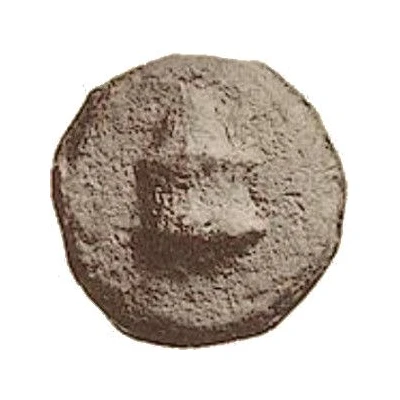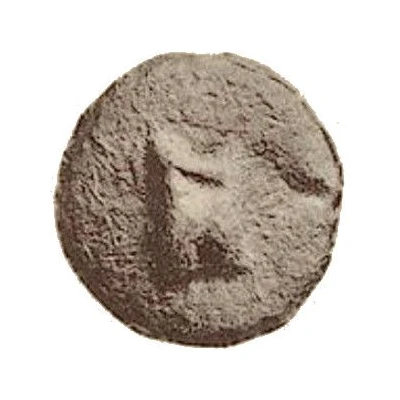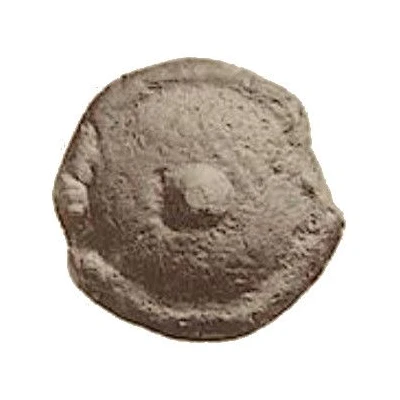


© Ernst Haeberlin; 1910. "Aes Grave". Joseph Baer, Frankfurt, Germany (CC0)
1 Uncia 301 BC - 201 BC
| Bronze | 28.04 g | 30 mm |
| Issuer | Uncertain city of Central Italy |
|---|---|
| Type | Standard circulation coin |
| Years | 301 BC - 201 BC |
| Value | Uncia (1⁄12) |
| Currency | As (circa 301-201 BC) |
| Composition | Bronze |
| Weight | 28.04 g |
| Diameter | 30 mm |
| Shape | Round (irregular) |
| Technique | Cast |
| Demonetized | Yes |
| Updated | 2024-10-10 |
| Numista | N#186640 |
|---|---|
| Rarity index | 100% |
Reverse
Crista (crest).
Edge
Plain
Interesting fact
The Uncia coin was used in ancient Rome and was equivalent to 1/12 of a Roman pound. It was a widely used denomination and was often featured in financial transactions and trade. The coin's design typically featured the image of a god or goddess, such as Jupiter or Venus, and was inscribed with the name of the Roman Republic. The Uncia coin was also used as a standard unit of measurement for weight and value, and its use can be traced back to the early days of the Roman Republic.



